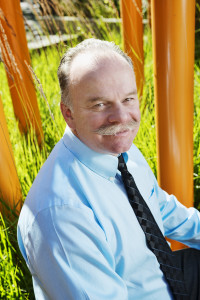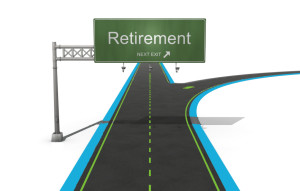Risk averse Canadians are sitting on an “astoundingly massive” $1 trillion or more in cash, or near cash holdings, according to a recent study by Scotia Capital Inc. While we might pride ourselves on being prudent savers, some experts are warning that our rainy day funds are now so large that they could jeopardize the country’s economic recovery. They also fear that you are not getting a good return on cash holdings. So what is right for you?
It is certainly true that cash investments aren’t very exciting these days. Rates of return for so called “high” interest savings accounts run at around 1.5% or less, and 5 year GICs are only returning 3%. And of course, over the long run, cash investments haven’t done as well as bonds or stock investments. But still, I like cash – a lot.
There’s much more to investment planning than just getting the best rate of return. Sure inflation is an important consideration. So, too, is outliving our money. So is having enough money to meet future expenses and goals. BUT – if our investments are ultimately designed to help us enjoy our life, then we need to consider the emotional as well as “dollars and cents” implications of financial security. Being stressed about money doesn’t make for good investment decisions or a happy life.
As a financial educator, I know firsthand the value to clients of being more educated about how money and investments work – greater understanding of money usually leads to better financial decisions and less worry. But I also know that graphs, charts, and financial calculations can only go so far to relieve the anxiety caused by market fluctuations.
So what do these concerns mean to your portfolio?
Let’s start with a simple and obvious fact. We’re human. Sometimes we make irrational decisions based on emotions – sometimes fear, sometimes greed, sometimes wishful thinking. Even though we “know” we should keep our emotions from dictating our investment decisions, it is unlikely that our species is going to change this type of instinctual behavior anytime soon.
So you need to make investment decisions that suit all of your needs — including the very human need and desire for security. This means that cash investments should always be an integral part of your portfolio. The amount of cash you should hold is largely dependent on two factors. First is your tolerance for risk. Second are your cash needs for the near future.
So for instance, if you don’t want to take any market risk at all, then your choices are pretty much limited to a 100% cash or government bond portfolio. (If you take this strategy, you should run the precise numbers to be sure that you’ll have enough to cover your long term needs after tax and after inflation.)
And even if you can accept a high level of risk in your overall portfolio, but need to use some of your funds in the next 2-3 years, your best bet is to hold the total amount you will need in cash or near-cash investments.
How does this work?
Let’s say you want to buy a house in 2 years but first have to save for the down payment. Your existing savings and new money should be held in cash investments so you can be sure that the money is there when you need it – regardless of what happens in the markets.
Or if you’re at retirement age and you need $3,000 a month ($36,000 annually) to fund your lifestyle, then keep a reserve of about $100,000 in cash to fund the next three years. This will give you the emotional upside of knowing that you have cash in the bank and you will be financially ok for the next few years.
By holding cash for your 2-3 year short term needs, you will be more comfortable with your other higher risk investments that you need for growth. Then even when the markets fluctuate wildly, it will be easier for you to resist the temptation to react emotionally because you know that some of your portfolio is protected. Not an exciting strategy but a good night’s sleep sure make sense to me. – Karin Mizgala
Karin Mizgala is a Vancouver-based fee-only financial planner with an MBA and a degree in psychology. She’s the President of LifeDesign Financial and co-founder of the Women’s Financial Learning Centre.


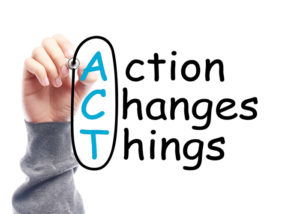
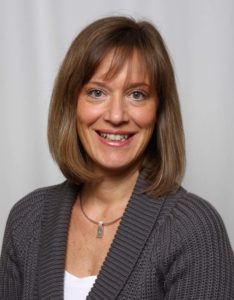
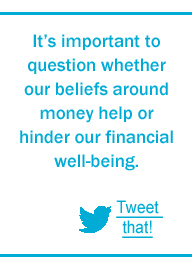
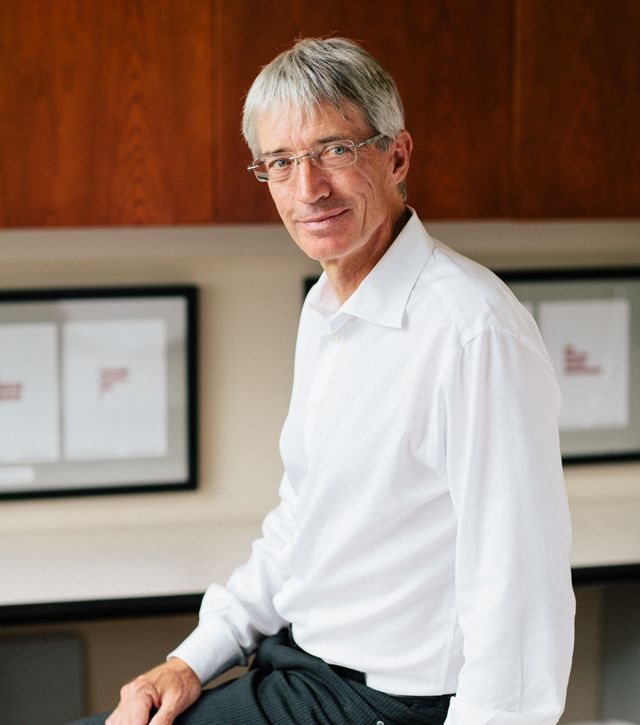
 We also have an increasing number of young clients. Our low minimums, which are ten thousand per fund, have opened that door. But of course we also have many retired clients as well.
We also have an increasing number of young clients. Our low minimums, which are ten thousand per fund, have opened that door. But of course we also have many retired clients as well.